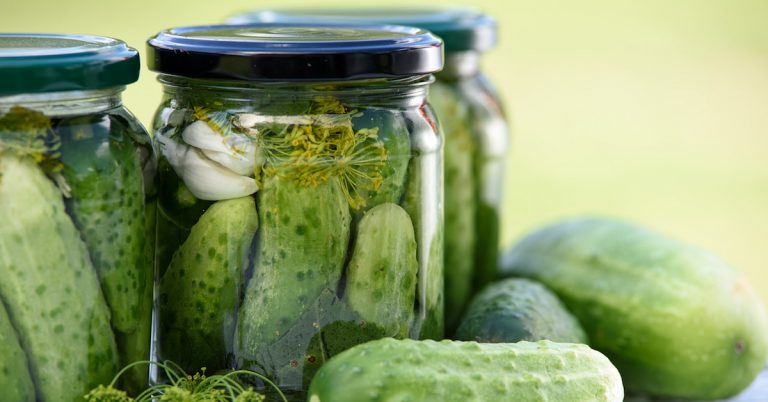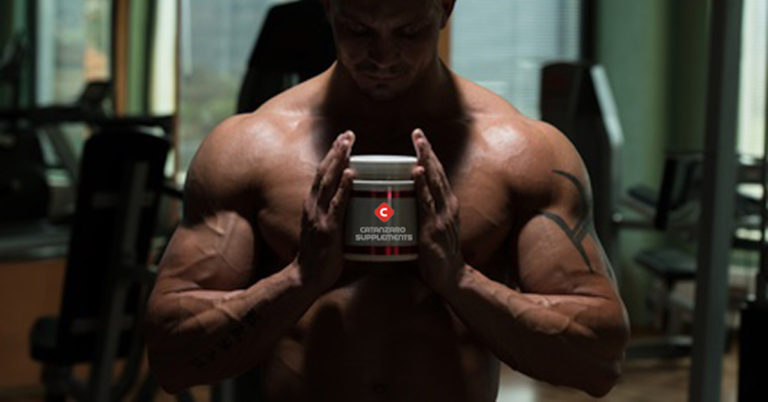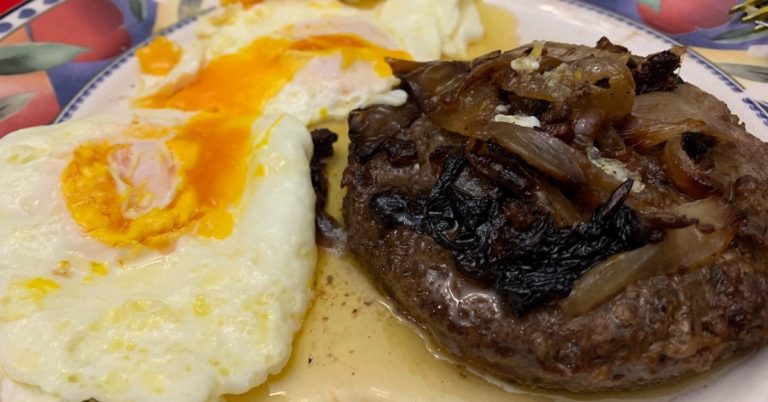There’s quite a bit of confusion when it comes to adding fat to vegetables. Can you cook spinach in bacon fat or melt butter on broccoli? Some say yes, others say no. Let’s look at the good and bad of it.
The Good: Fat adds flavor which encourages you to eat vegetables, and fat improves the absorption of nutrients like fat-soluble vitamins A, D, E and K along with various phytonutrients (e.g., carotenoids).
The Bad: Fat adds flavor which encourages you to eat “too many” vegetables, and saturated fat like that found in bacon or butter can promote the absorption of glucose and fatty acids into fat cells.
As you can see, improved flavor and absorption apply on both sides of the argument but for different reasons. Here’s a closer look at the two variables that can tip the scale from one side to the other:
#1 – Too Much of a Good Thing Can Be Bad
Let’s face it, if something tastes good, you’ll be more inclined to eat it. That’s a good thing when it comes to healthy, nutrient-dense foods, but too much of a good thing can be bad. If you consume too much in a meal, regardless of whether that food is dense in nutrients or not, you’re going to store the excess calories.
#2 – Insulin Potentiation is a Cause for Concern
Although fat consumed with carbohydrates can delay the absorption of glucose into the bloodstream, the combination of the two in a meal can potentiate insulin, the storage hormone, and that may be a cause for concern.
A classic study conducted way back in 1983 by Australian researchers Greg Collier and Kerin O’Dea showed that despite improvements in blood glucose levels when carbohydrate is ingested together with fat, insulin levels are not reduced. Over time, this could form the basis of insulin resistance, which would not be beneficial for diabetics or those concerned about their body composition.
The take-home message is that adding some fat to low-carbohydrate foods like spinach or broccoli is fine assuming that you don’t eat too much in a meal, but adding fat to a high-carbohydrate food like a potato may not be in your best interest.
Of course it also depends on what type of diet you consume on a regular basis. If you follow a paleo diet that’s relatively low in carbohydrates, then adding some fat to vegetables is okay. But if you follow the standard American diet that’s high in carbohydrates, adding fat to vegetables is like adding “fuel to the fire” – it’s not okay!
It also depends on how active you are. If you complete an exhaustive training session that depletes your glycogen levels, a high fat and carbohydrate post-workout meal may not cause as much damage. Even so, a high amount of (man-made, non-organic) saturated fat can “gum up” the receptors on your muscle cells, which encourages fat to be stored in the next available depot, body fat.
A Warrior Separates Carbs and Fats
Here’s what Ori Hofmekler, author of The Warrior Diet, has to say about combining carbs and fats:
One of the most important principles of food combining is the separation between carbs and fat fuel foods. This means that you should not mix these two kinds of primary fuels at the same meal…
Combining carbs and fat fuels is inherently counter effective. It is now known that our metabolic system has not evolved for such a fuel mix. Of utmost concern is the combination of fat and sugar. Nothing is more devastating to your system than the combination of high fat and high sugar. This dietary combo not only packs on calories, it’s also addictive as it binds to same opioid receptors as crack cocaine; and this is not all – the fat-sugar combo impairs your insulin and shatters key satiety hormones, all of which play key roles in keeping your body lean and healthy. (Source)
Bottom Line: Combining a high amount of carbohydrate and fat in a meal is not good for your health or your waistline.
To your success,
John Paul Catanzaro
P.S. To learn how to properly combine carbohydrates and fats, check out my top 5 nutrition resources.
References and Suggested Reading
- 4 Ways To Increase The Absorption Of The Nutrients In Your Food
- 5 Ways to Improve Nutrient Absorption
- Dietary Fat Acutely Increases Glucose Concentrations and Insulin Requirements in Patients With Type 1 Diabetes
- Dietary Fat and Carbohydrate Composition: Metabolic Disease
- Dietary fat is necessary for absorption of vitamins, nutrients and phytochemicals from fruits and vegetables
- Fat vs Sugar in the War on Insulin Resistance
- How Does Fat Affect Insulin Resistance and Diabetes?
- How Fat Cells Work
- How Insulin Really Works: It Causes Fat Storage…But Doesn’t Make You Fat
- How Well Is Your Body Absorbing Nutrients?
- Improving Nutrient Absorption: What You Need to Know
- Pizza and Blood Sugar Control: (Not Quite) Easy as Pie
- The Best Foods that Fill You Up and Boost Your Metabolism and Shed Pounds
- The effect of coingestion of fat on the glucose, insulin, and gastric inhibitory polypeptide responses to carbohydrate and protein.
- The Pro-Insulinogenic Activity of Saturated Fat: High Fat, High GIP, High Insulin After 6 Days on High SFA Diet
- The Warrior Diet
- The Warrior Diet Fat Loss Program
- True or False? Adding Fat to A Carby Meal Lowers Insulin Response.
- What Factors Slow the Absorption of Carbohydrates?
- Why Does Fat Increase Blood Glucose?

Homemade Pickles
A few weeks ago, my clients Heather and Gary brought me a jar of homemade pickles. They got the recipe

My Workout Supplement Ritual
I’ve said it many times in the past, vegetables have all the benefits of fruit without the sugar, but that

Breakfast of Superfoods
What’s so special about this morning’s breakfast? It’s just a burger with two eggs, but that burger is a combination
follow
Error: No feed with the ID 2 found.
Please go to the Instagram Feed settings page to create a feed.
